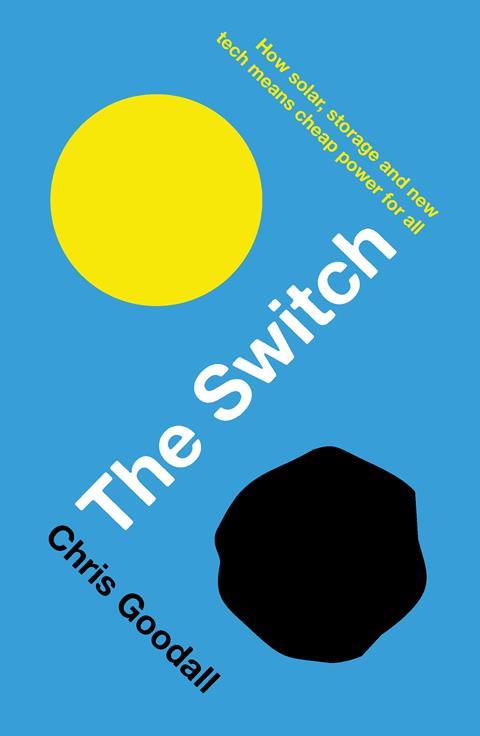Chris Goodall
Profile Books
2016 | 288pp | £9.99
ISBN 9781781256350
Buy this book from Amazon.co.uk

With bad news in plentiful supply these days, you would be forgiven for being a little pessimistic about the future. Yet on the future of sustainable energy, I’m no longer worried. The switch has convinced me the future is most definitely bright for solar power.
Chris Goodall’s claim is that ‘the switch’ – the point at which the economics of renewable energy outstrips fossil fuels – is inevitable. With the cost of photovoltaics falling at lightning speed, and financial returns becoming more steady, international energy targets are being met years in advance. I found myself wondering why all of this came as such a pleasant surprise, but it seems even the experts are astonished by this rate of progress.
Goodall’s optimism shines through like a thousand rays of sunshine reflected off the mirrors of a solar concentrator. His message is upbeat and well argued, acknowledging where there is disagreement. He frequently lets the figures do the talking, with plenty of charts predicting good times ahead. Photographs of these impressive installations also shed light on the technology required to harness this ‘free’ energy.
His commentary on the public and private investment needed to power such a transition is candid, with a focus on both the UK and global stage. Indeed, it’s the developing world that will benefit most from the switch – bypassing dependence on oil and gas to become energy exporters. For countries less endowed in the sunshine department, Goodall’s message is equally uplifting: the technology required for energy storage is advancing at an equally impressive rate. Importantly, Goodall also considers alternatives like wind and biomass, as well as increased energy efficiency, which he makes clear all have their part to play in the energy revolution.
The switch is certainly a book that should be high on the reading list for policymakers, investment fund managers, and anyone interested in what the future of energy may look like.












No comments yet